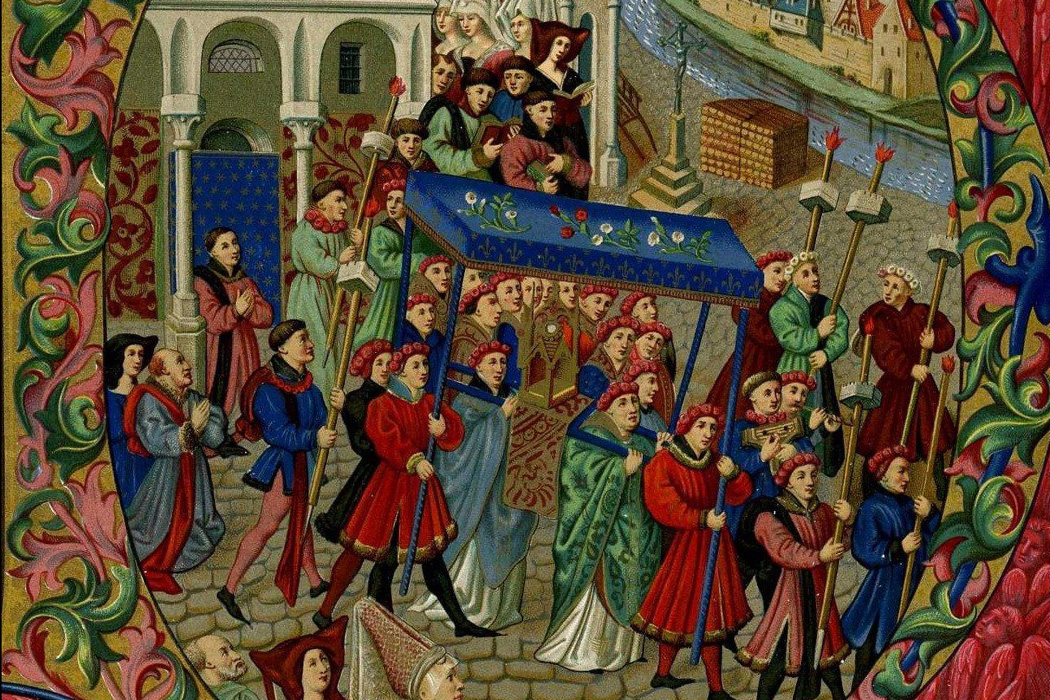The most seasoned hints of human occupation in Paris, found in 2008 close to the Rue Henri-Farman in the fifteenth arrondissement, are human bones and proof of a settlement of tracker finders dating from around 8000 BC, during the Mesolithic time frame. Somewhere in the range of 250 and 225 BC, the Parisii, a sub-clan of the Celtic Senones, settled at Nanterre on the banks of the Seine, fabricated scaffolds and a fortification, stamped coins, and started to exchange with other waterway settlements in Europe.
In 52 BC, a Roman armed force drove by Titus Labienus crushed the Parisii and set up a Gallo-Roman battalion town called Lutetia.[3] The town was Christianised in the third century AD, and after the breakdown of the Roman Empire, it was involved by Clovis I, the King of the Franks, who made it his capital in 508.
During the Middle Ages, Paris was the biggest city in Europe, a significant strict and business focus, and the origination of the Gothic style of design. The University of Paris on the Left Bank, sorted out in the mid-thirteenth century, was one of the first in Europe. It experienced the Bubonic Plague in the fourteenth century and the Hundred Years' War in the fifteenth century, with repeat of the plague. Somewhere in the range of 1418 and 1436, the city was involved by the Burgundians and English troopers. In the sixteenth century, Paris turned into the book-distributing capital of Europe, however it was shaken by the French Wars of Religion among Catholics and Protestants. In the eighteenth century, Paris was the focal point of the scholarly age known as the Enlightenment, and the primary phase of the French Revolution from 1789, which is recalled each year on the fourteenth of July with a military motorcade.
In the nineteenth century, Napoleon adorned the city with landmarks to military brilliance. It turned into the European capital of design and the area of two additional unrests (in 1830 and 1848). Under Napoleon III and his Prefect of the Seine, Georges-Eugène Haussmann, the focal point of Paris was modified somewhere in the range of 1852 and 1870 with wide new roads, squares and new stops, and the city was extended to its current cutoff points in 1860. In the last piece of the century, a large number of sightseers came to see the Paris International Expositions and the new Eiffel Tower.
In the twentieth century, Paris endured assault in World War I and German occupation from 1940 until 1944 in World War II. Between the two wars, Paris was the capital of present day workmanship and a magnet for erudite people, authors and specialists from around the globe. The populace arrived at its memorable high of 2.1 million of every 1921, except declined for the remainder of the century. New galleries (The Center Pompidou, Musée Marmottan Monet and Musée d'Orsay) were opened, and the Louver given its glass pyramid.
In the 21st century, Paris included new galleries and another show corridor, yet in 2005 it likewise experienced rough agitation in the lodging ventures in the encompassing banlieues (rural areas), occupied generally by first and second era workers from France's previous settlements in the Maghreb and Sub-Saharan Africa. In 2015, the city and the country were stunned by two destructive fear monger assaults completed by Islamic radicals. The number of inhabitants in the city declined consistently from 1921 until 2004, because of an abatement in family size and a mass migration of the working class to suburbia; yet it is expanding gradually by and by, as youngsters and outsiders move into the city.

